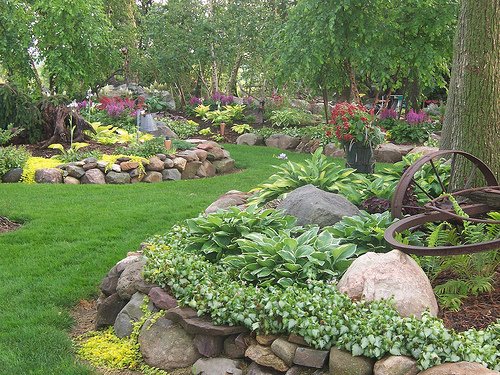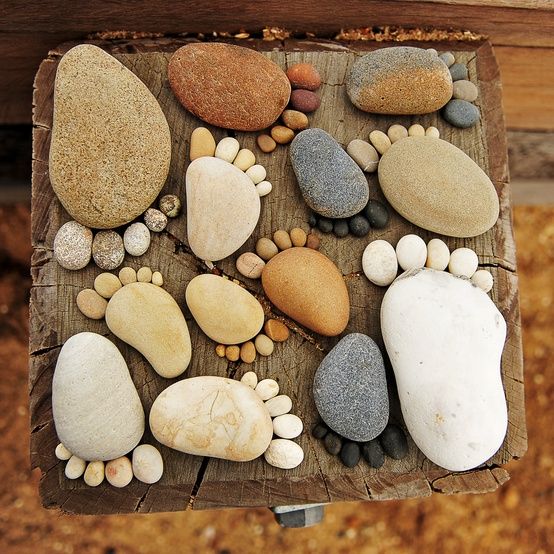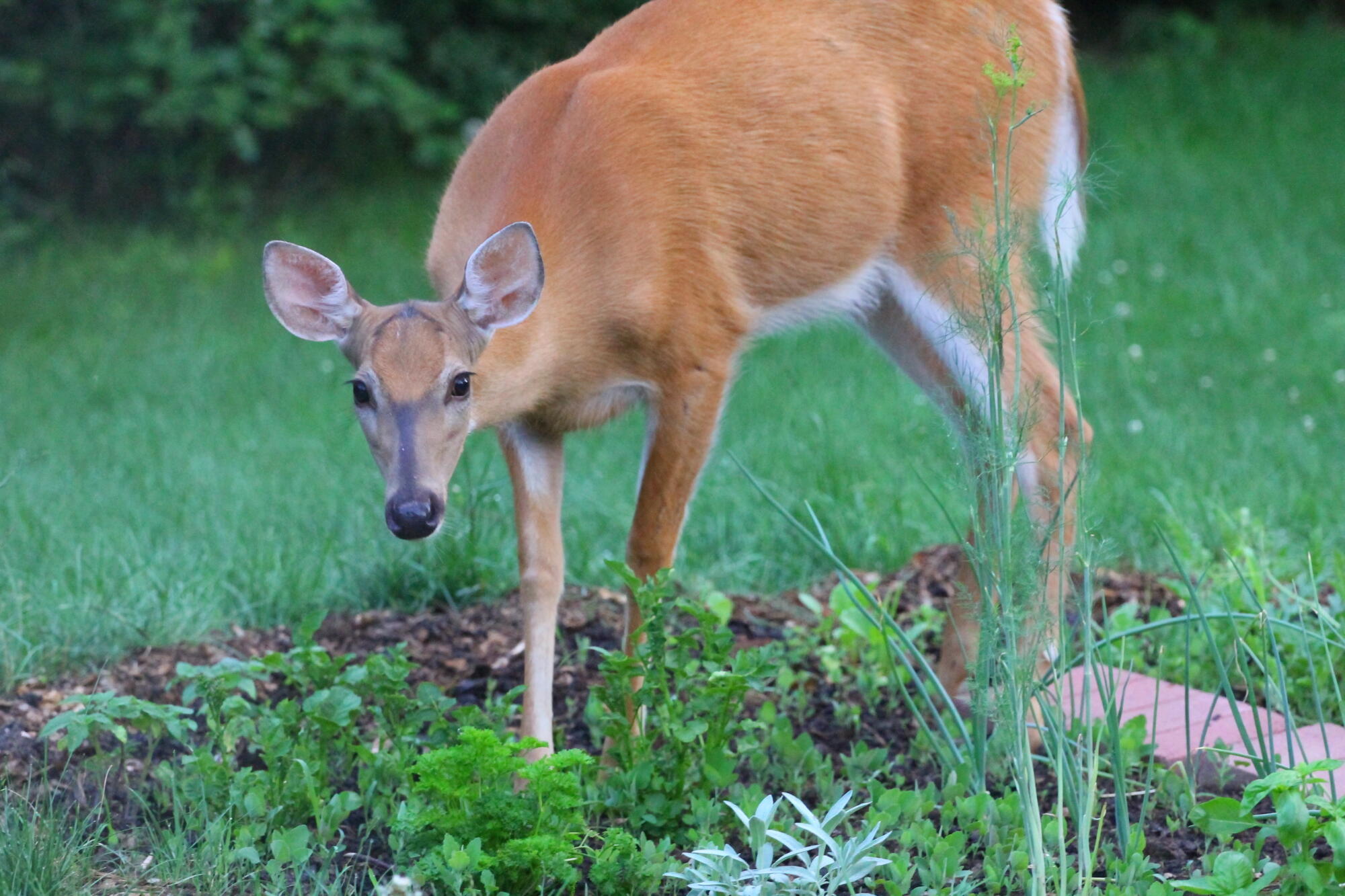Running a homestead comes with numerous benefits. Not only can you be self-supporting, but you can help preserve land for the future and just live simply.
While it might be a dream for some, it can be difficult, especially if you’re just starting. Many challenges could come your way, so it’s important to be prepared for what you need to do.
If you want to make your homestead self-sufficient, keep reading. You’ll find a handful of tips to help guide you.
4 Ways to Create a Self-Sufficient Homestead
1. Raise Livestock
One of the top ways to keep yourself self-sufficient is by raising livestock. This will provide you with meat and eggs if you raise poultry. You can keep these for yourself or sell them to make a profit.
A great thing about livestock is that they also provide plenty of other benefits. This includes natural fertilizer from their droppings as well as being an organic method for pest and weed control.
Keep in mind that while raising livestock can bring in a good income, it does require both time and money investments. You’ll need to care for these animals and be prepared to pay for potential medical issues and legally required vaccines.
If you want to start simple and small, consider raising chickens first. They’re pretty easy to care for and don’t require much of a hefty monetary investment. However, you do need to provide them with some things. One is a chicken coop. This is critical to happy chickens because it gives them a safe space to nest in while also limiting potential violent territorial attitudes.
While you can build the flocks a coop, portable ones are also worth considering. You’ll find that portable chicken coops for sale are quite affordable and come with all the benefits of a traditional coop. The main difference is that you can move it around, which can be beneficial if you want your chickens to nest or feed in a specific area.
2. Design a Garden
If you want to be completely self-sufficient, you need to make sure you have fruits and vegetables to eat. This is why you’ll want to spend time designing a garden that provides you with these.
When planning a garden, consider what you want to get from it. For example, do you have a specific vegetable or herb you enjoy? You’ll also need to contemplate how big of a garden you’ll need and where the best areas are to plant seeds, as each plant has its own specific growing needs.
For those who want to expand their selections, consider also starting an orchard. You could grow fruits like apples, peaches, and cherries while inviting beneficial pollinators and creating shady spaces for livestock to graze and relax in.
3. Invest in Dairy Cows
Investing in dairy cows is a must for those who want to ensure their homestead has milk for drinking, baking, or making cheese.
When researching dairy cows, you’ll find there is a surprising selection. This ranges from Holsteins (known for their superb milk production) to Jerseys (best for cream). So naturally, you’ll want to consider the best breed that fits your needs.
Apart from keeping the milk yourself, you can also consider selling it at markets or offering a cow share program. With the latter, people can pay you in advance for a certain amount of milk or dairy products per month. This is an excellent way to make a profit to help keep your homestead self-sufficient.
Keep in mind that dairy cows can help you stay self-sufficient but require intense care. They need plenty of pasture space to graze in, and you’ll need to ensure that they receive the proper type of feed, depending on their type. You’ll also need to be diligent at keeping the animals clean, so the milk doesn’t become contaminated.
4. Learn How to Store Food Properly
While you might grow your own food, correctly preserving it for the off-season can be troublesome. If done right, it could rot, leaving you with something. While some options won’t work (like raspberries), many others (like potatoes and apples) can last for months.
To correctly preserve your harvest during the fall and winter, make sure to have a dark and cool space to put fruits and vegetables in. Depending on what you store, you can also add slight humidity to the room to keep them crisp.
Besides this, you could also preserve food through fermentation, canning, and dehydration. However, if you decide to do this, ensure that the space is properly sanitized. Otherwise, it could trap harmful bacteria that could make you sick.
Running a self-sufficient homestead requires a lot of dedication, but the results will be well worth it. By keeping the tips above in mind, you can ensure your homestead flourishes.






